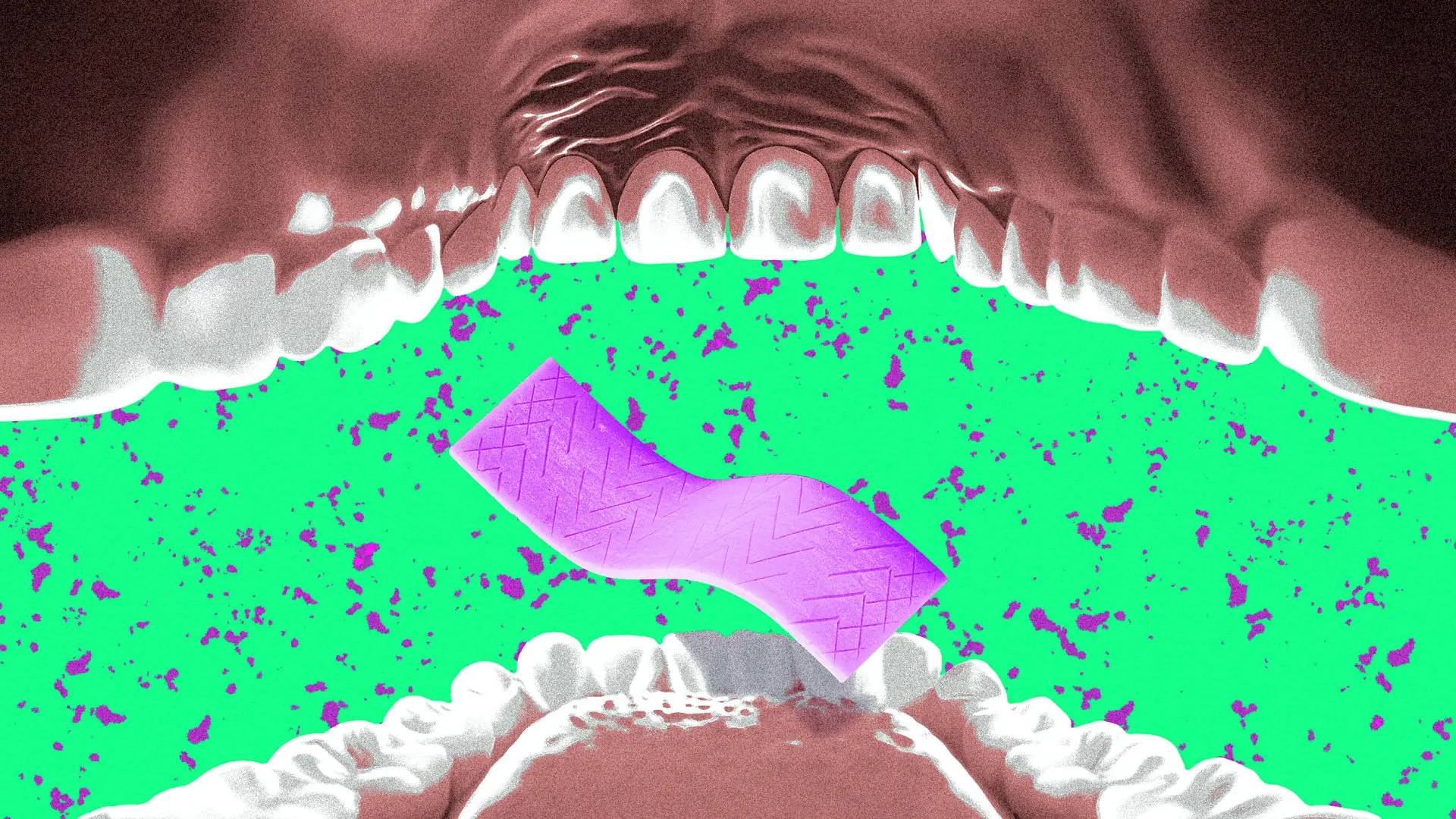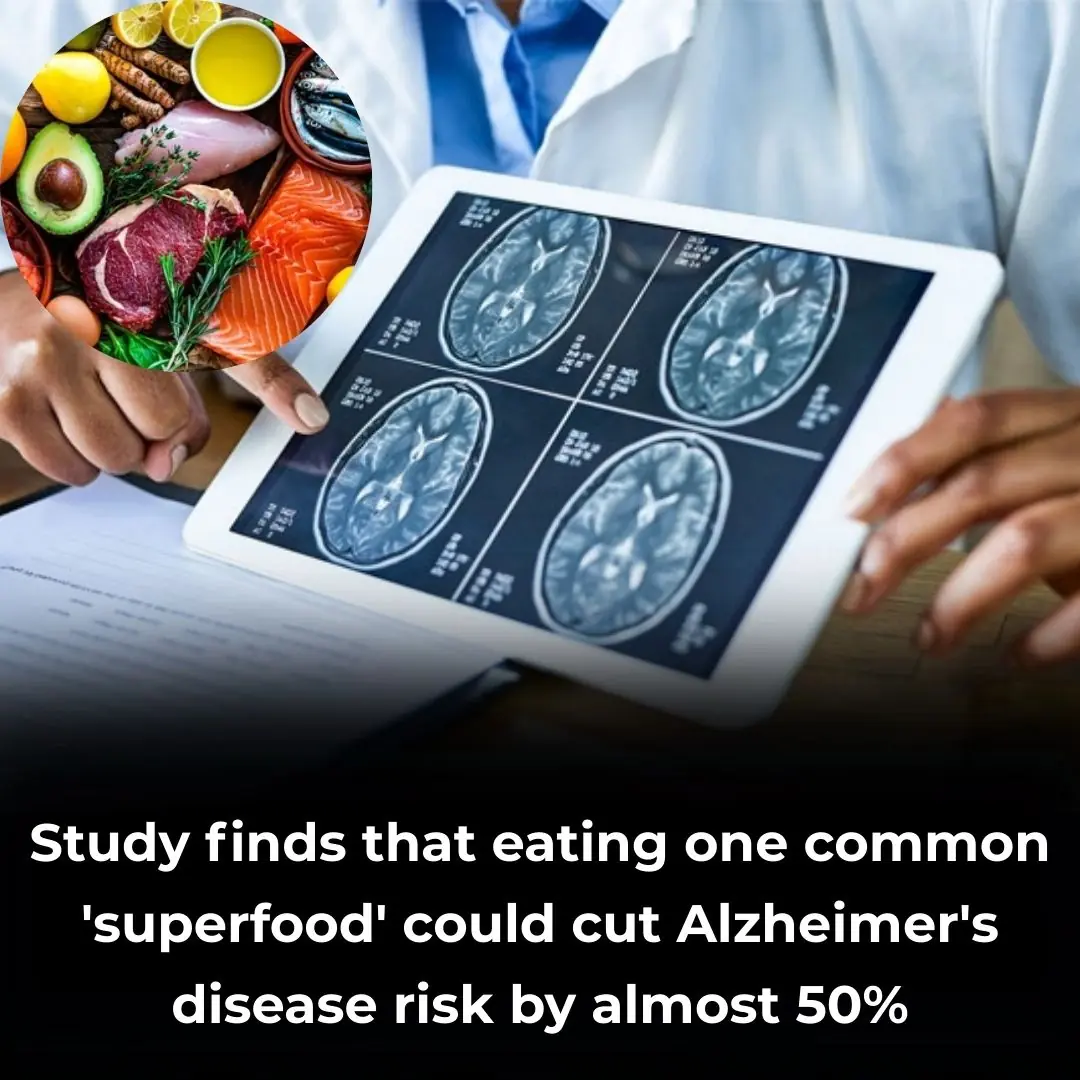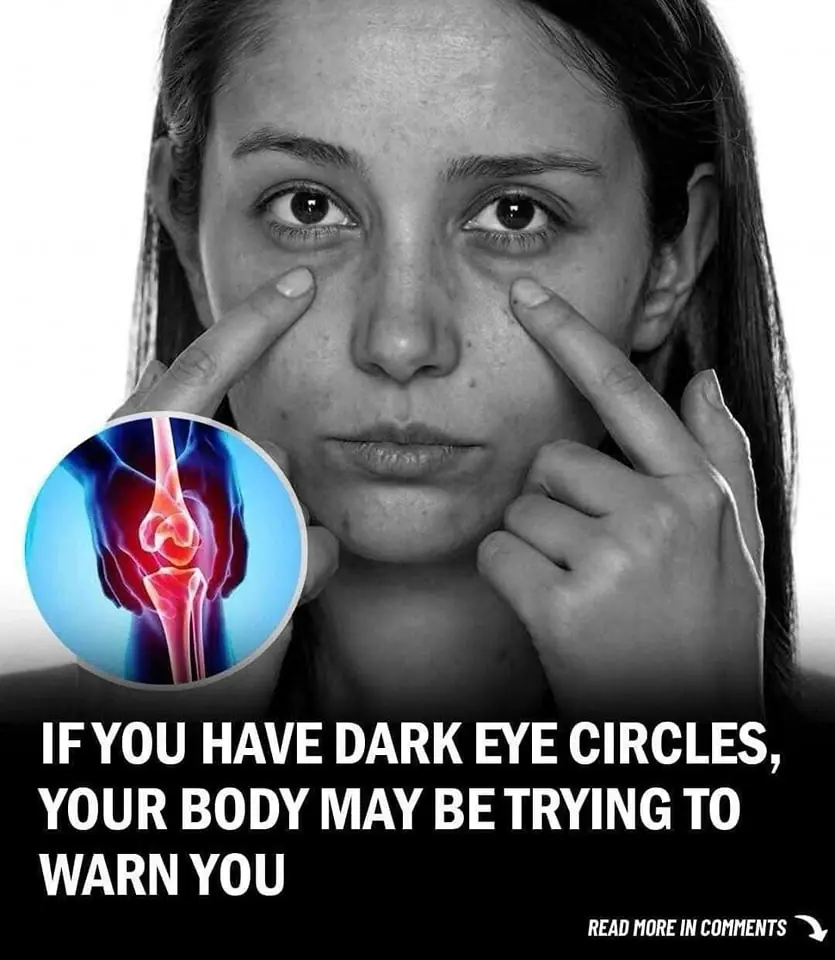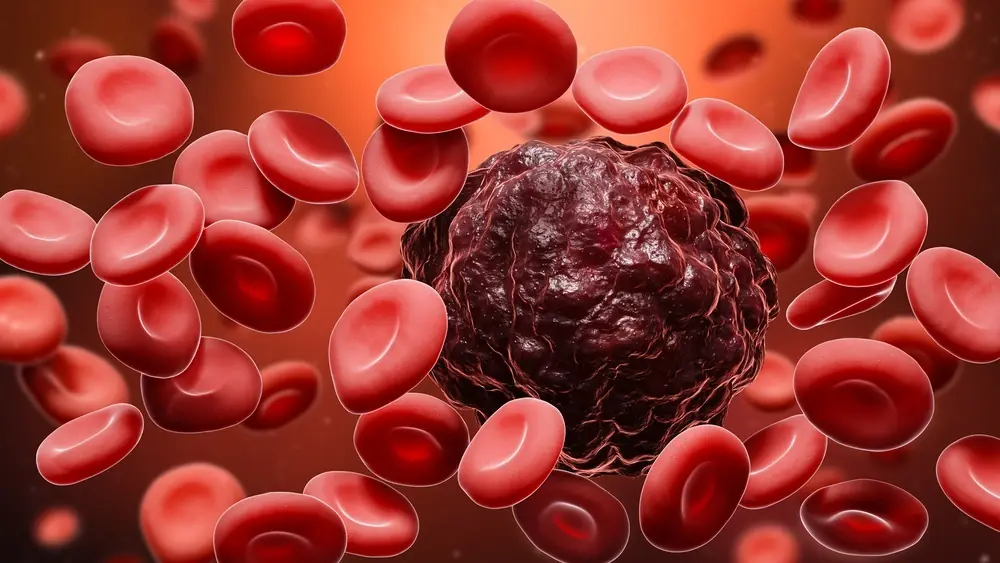
According To A Study, Millennials And Gen Xers Are More Likely To Have Cancer Than Older Generations
Their objective was to quantify and contrast the rates of cancer diagnosis and death across generations across time.
According to the study’s findings, Gen X and Millennial incidence rates were two to three times more than those of people born in 1955. They also have a higher chance of getting 17 different kinds of cancer.
The researchers found that food, obesity, and environmental pollutants were the main causes of this rise. To identify the other factors contributing to the increase in cancer rates, more research is necessary.

The Rise of Cancer Rates in Gen X and Millennials
Eight cancer kinds have increased in more recent generations, according to a 2019 study by the same researchers. However, no study has yet to consider both cancer mortality and incidence by year of birth.
This new study set out to fill the vast void in relevant data. According to the study, the incidence of cancer in those 50 years of age or younger was influenced by early exposure to carcinogenic elements.
As these young populations carry their elevated risk into their later years, more people will get cancer in the future.
The 17 Types of Cancer
Data from 23,654,000 people with 34 distinct cancer diagnoses were examined in the study. Data from 7,348,137 fatalities from 25 cancers were also included.
Data from this sample group came from people who passed away between 2000 and 2019 after receiving a diagnosis. They found that Millennials and Gen Xers were more likely to get 17 out of 34 cancers:
- small intestine
- cardia gastric
- ovary
- estrogen receptor-positive breast
- non-HPV-associated oral and pharynx (in females)
- liver and intrahepatic bile duct (in females)
- Kaposi sarcoma (in males)
- anus (in males)
- colorectal cancer
- endometrial cancer
- gallbladder and other biliary
- pancreas
- kidney and renal pelvis
- myeloma
- non-cardia gastric
- Leukemia
Increase in Incidence and Mortality in Gen X and Millennials
The increase in cancer incidence was particularly noticeable for malignancies of the thyroid, small intestine, kidneys, renal pelvis, and pancreas.
They also observed that the five cancer types—liver, endometrial, gallbladder, testicular, and colorectal cancers—saw a rise in death rates.
These findings are troubling because they demonstrate that Gen Xers and Millennials are more likely to develop cancer, and it’s not only because cancer is being detected and diagnosed more frequently these days.
Rather, it shows a real and alarming increase in the risk of cancer in the general population. New cases are increasing so quickly that they are surpassing therapy advancements.
The Cause of the Increase of Cancer Incidence
Although it does not identify the causes, the study’s goal was to gather fresh information on cancer incidence. Nonetheless, some of these elements are already known to the researchers.
Since obesity is linked to 10 of the 17 cancers the study identified, it was one of the main factors identified. Since the 1970s, obesity has become a bigger issue for people of all ages. However, those between the ages of 2 and 19 have seen the fastest increase.
A sedentary lifestyle, changed sleep patterns, and environmental contaminants were further risks.
Gut Microbiome and Dietary Factors
The modern food that is popular in the West has also been connected to the rise in cancer incidence.
Usually highly processed, these foods are rich in refined carbohydrates, sugar, and saturated fats. But eating a lot of processed food isn’t the only thing that causes weight gain. Additionally, they have been directly connected to a higher risk of breast and colorectal malignancies.
Researchers think gut microbiome changes may play a role because digestive system malignancies are not associated with obesity.
They contend that the use of antibiotics and Western diets have a significant influence on gut microbiomes.
It’s Not All Bad News
Overall, the study found that Millennials and Gen Xers had a markedly higher prevalence of 17 cancers. It’s not all bad news, though, because the study also showed that the incidence of several types of cancer is on the decline.
Cervical cancer is now less common in women born after 1990. This is due to the fact that HPV vaccinations were initially authorized in the United States at the time these females turned sixteen.
Lung, laryngeal, and esophageal cancers have decreased as a result of the smoking cessation.
Early detection has led to a decrease in the fatality rate, even though overall incidence rates among Gen X and millennials have grown.
The Bottom Line

As cancer treatment develops, so does our understanding of cancer and its causes. However, a lot of the health problems we have later in life can be caused by things that happened to us when we were younger.
According to the study, millennials and Gen Xers are more likely to have 17 different types of cancer, raising concerns about contemporary issues that affect younger generations.
But there is still hope. Some cancers have decreased as a result of specific lifestyle modifications, even if the incidence of cancer has increased overall.
News in the same category


Chewing Gum Releases Microplastics Into Saliva – Even Natural Gums Are Not Safe, Study Finds

STUDY SHOWS SWITCHING TO PERSONAL CARE PRODUCTS WITHOUT CERTIAN PRESERVATIVES TURNS BREAST CANCER GENES OFF IN 28 DAYS

Study finds that eating one common 'superfood' could cut Alzheimer's disease risk by almost 50%

Side Effects and Dietary Recommendations Post Gallbladder Surgery

Signs You May Be Living With High-Functioning Anxiety

How to Know if You Have Fibromyalgia + 8 Natural Approaches to Relieve

Dark eye circles might be a subtle health warning

Could This 3D-Printed ‘Electronic Glove’ Keep Your Heart Beating Forever?

The Amount Of Time You Spend Peeing Could Be A Warning Sign For Bigger Health Issues

Scientists may have finally developed pill to cure deadly disease with 90% mortality rate

Man Shares His 'Proof' of Life After Death and the Seven 'Stages' of the Afterlife

Dental Expert Reveals the Top Two Brushing Mistakes That Lead to Yellow Teeth

They Hid This From Seniors: It Unclogs Arteries INSTANTLY!

This Secret Herb Can Heal 20 Diseases

Research shows that individuals who took psilocybin experienced significant enhancements in emotional empathy.

New Study Investigates Why Vaping Could Be More Dangerous Than Smoking

Disturbing X-ray Shows Creatures Breeding Inside Man's Body After Everyday Kitchen Mistake

Foods you should not eat every day because they can easily cause diabetes

New Study Reveals Hidden Dangers Lurking in Your Bottled Water
News Post

7 Warning Signs of Liver Damage You Shouldn’t Ignore

Chewing Gum Releases Microplastics Into Saliva – Even Natural Gums Are Not Safe, Study Finds

STUDY SHOWS SWITCHING TO PERSONAL CARE PRODUCTS WITHOUT CERTIAN PRESERVATIVES TURNS BREAST CANCER GENES OFF IN 28 DAYS

Study finds that eating one common 'superfood' could cut Alzheimer's disease risk by almost 50%

I Became a Burden to My Father after I Lost the Ability to Walk

I Was Stunned When the Teacher Said All the Kids Talked about How Amazing My Husband Was on Father's Day, I'm a Widow

Side Effects and Dietary Recommendations Post Gallbladder Surgery

I Bought a Vintage Blazer at a Thrift Store for My Mom, But the Note Inside Revealed a Secret She Kept for 40 Years

Signs You May Be Living With High-Functioning Anxiety

How to Know if You Have Fibromyalgia + 8 Natural Approaches to Relieve

Dark eye circles might be a subtle health warning

Could This 3D-Printed ‘Electronic Glove’ Keep Your Heart Beating Forever?

My Neighbor Drove over My Lawn Every Day as a Shortcut to Her Yard

The Amount Of Time You Spend Peeing Could Be A Warning Sign For Bigger Health Issues

On the Day I Was Supposed to Marry the Love of My Life I Saw Her Leaving Town With My Father

Entitled Guest Demanded a Free Table at 'Her Friend’s' Restaurant — Too Bad I Was the Owner

Scientists may have finally developed pill to cure deadly disease with 90% mortality rate

I Lost My Wife and Shut the World Out—Then an Orphaned Boy Opened My Heart Again

My Mom Avoided Me for Years—I Decided to Surprise Her Without Warning and Was Shocked by What She'd Been Hiding
